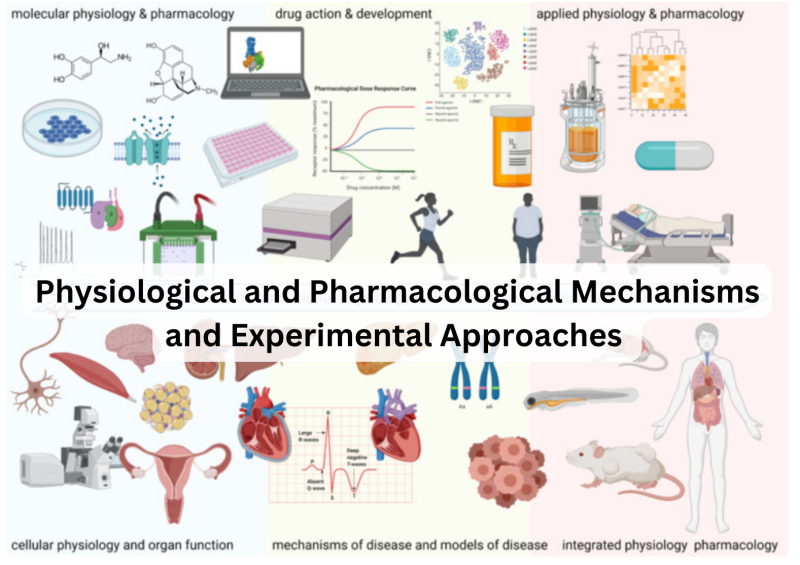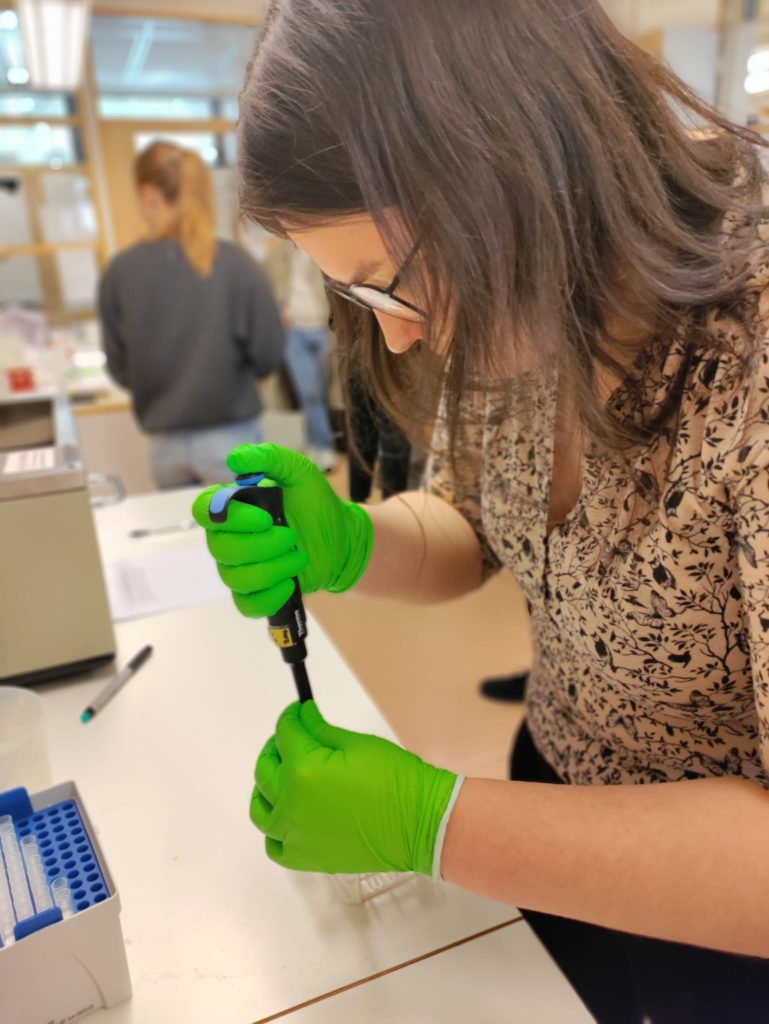
Mechanisms and Experimental Approaches course – best course so far? Part 2
This is part 2 of a series of posts about the Physiological and Pharmacological Mechanisms and Experimental Approaches course, which is part of the second semester of MSc in Translational Physiology and Pharmacology programme. To get a bit more of a background on the first half of the course, check out my previous blog post. This has been my favourite course so far in the programme, based on what we’ve learned and how we’ve learned it. So let me tell you more about what it looked like in the second half of the course!
1. Smaller journal clubs
For this course we had two journal clubs in groups of 12 students. The smaller groups allowed for more discussions and critical review of the methods and results. The sessions were led by teachers, but largely relied on our own thoughts and opinions on the paper. The atmosphere was quite relaxed and everyone was able to say what they noticed and suggested changes in e.g. methods. I thought it was very useful to think through specific examples and also hear my classmates’ opinions.
2. Two labs
Next we had two lab activities as part of the course. They were quite different in terms of what we did, but both useful and interesting in their own way.
Glucose monitoring lab
The first one required the use of a continuous glucose monitor on one willing volunteer per group. We had to design an experiment running over the course of a few days having the glucose levels as our main readout. Then we had a mini-conference with posters on each group’s experiment and some discussion of their findings. I really liked hearing everyone’s different interventions and the results that they produced. It again felt like a very relaxed atmosphere to discuss some interesting points that need to be considered when designing any experiment with life-style interventions, time constraints and small sample size.
Genotyping ourselves for a common pharmacogene variant
The second lab was in a very different area: pharmacogenomics, and more specifically, who has a loss-of-function variant of a gene encoding a drug metabolising cytochrome P450 2D6 enzyme. So we all got to see if we had the normal or mutated variant of the CYP2D6 gene. This lab ran over two days and we had an extra day to complete our lab report.
We started with taking our own buccal sample and then isolating DNA from those samples for running PCR and gel electrophoresis to get the variant-specific genotypes. During the two lab days we also answered some questions around topics such as genotyping methods, what to include in a lab report and why is it so important to document everything.

As an assignment for this lab, we had to write a short lab report where we discussed our findings. Overall, it was really nice to do some practical wet lab work and it was also really cool to find out something new about ourselves as well!
3. Research proposals and presentations
As the very last assignment and for the last 1.5 weeks of the course, we had to come up with a research proposal similar to what a grant application or a PhD proposal would look like. This can seem like a daunting task at first, at least it sounded like one to me, but it turned out to be quite inspiring and cool to put together. Before we started, we had a lecture on what a grant proposal should look like from a very experienced professor at KI. He gave some very good tips on some of the dos and don’ts, that I tried to use as much as possible.
Then we had 5 days (including the weekend) to write our proposal and then another few days to create a short presentation. We also had to be a reviewer for another student’s proposal, which meant that we were responsible for giving them feedback and asking questions after their presentation. The last day of the course we had our presentations in small groups. I loved how many different ideas we all had, it was very interesting to listen to everyone! We also got some good feedback from our teachers and also the reviewer, which is very useful for the future. I’d say that overall it was a great exercise that allowed us to be creative and put the theory that we’d learned into practice.
All in all, I really enjoyed this course and in my opinion, it’s been the most versatile one we’ve had so far in the programme. If you are considering the MSc in Translational Physiology and Pharmacology, I hope that this has given you some glimpses into what we’ve been learning and how we’ve done it!

Karolina - Translational Physiology and Pharmacology
I am Karolina and I am a digital ambassador and a blogger for the Master’s Programme in Translational Physiology and Pharmacology here at KI. I was born and raised in Estonia, but for the past five years I have lived in the UK where I studied biomedical sciences with a focus on pharmacology. Outside of school I like baking with friends as well as doing water sports. When the weather starts to get warmer, I look forward to kayaking through Stockholm's world-famous archipelago.

0 comments